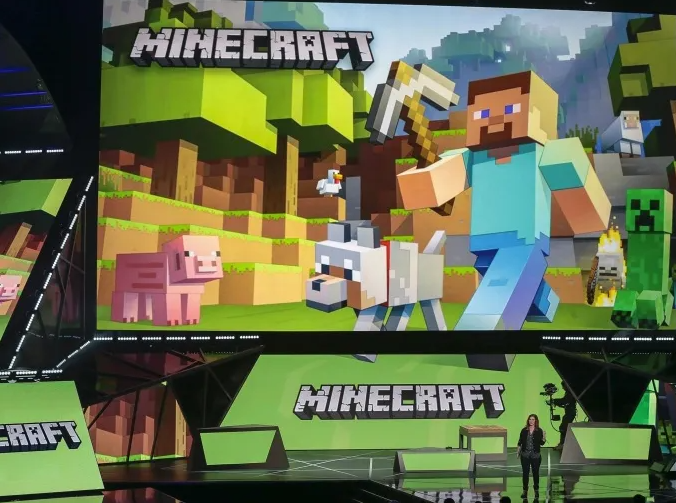
The game “Minecraft” has enjoyed immense popularity since its inception. Unlike many games that adopt the same gameplay style, Minecraft’s popularity continues to grow with each passing day, much like a snowball that grows larger as it rolls downhill.
Minecraft’s popularity has propelled it to the forefront of the gaming scene across various sectors and age groups. While this popularity has garnered praise for the game, it has also sparked anger among many parents and educators who claim that it wastes children’s time and fosters violence and introversion, branding it as a stain on all games regardless of their nature.
“Minecraft for Education” emerged as a clear response from the game’s developer – Microsoft at that time – to the accusations leveled against it, in a clear attempt to clear the game’s name and reaffirm its uniqueness in the gaming arena. But did these efforts succeed in dispelling the stigma surrounding the game?
The journey of Minecraft began in 2009 when Swedish independent developer Markus “Notch” Persson launched his game with a simple graphical interface based on the Java programming language. Initially, the game did not enjoy this level of popularity, as its capabilities were far from what they are today. Notch initially released the game in programmer and indie game developer forums, limiting its audience.
Despite this limited audience, Notch’s initial game captured the admiration of all who tried it, quickly building a source of income that prompted the developer to resign from his permanent job and focus on developing the game and implementing ideas from his fellow independent developers. Over time, the first version of the game was released in 2011.
Minecraft’s success continued to grow as thousands of people from various backgrounds around the world flocked to it. With its gameplay focusing on creativity first and allowing everyone to develop various structures and characters within the Minecraft world, the game managed to become a unique phenomenon with thousands of players continuously interacting simultaneously.
In less than three years, Minecraft managed to capture the world’s attention, including, of course, the investors at Microsoft who realized the immense future potential of the game. This realization led Microsoft to acquire Minecraft in 2014 for $2.5 billion, making it a shared ownership between the development studio founded by Notch under the name Mojang, according to DemandSage.
Since then, Minecraft has transformed into the massive success we know today, with hundreds of spin-off games set in the same world, such as the story mode and the Telltale Games series, alongside the educational mode or Minecraft for Education, a mode released by Microsoft in 2016.
Leave a Reply